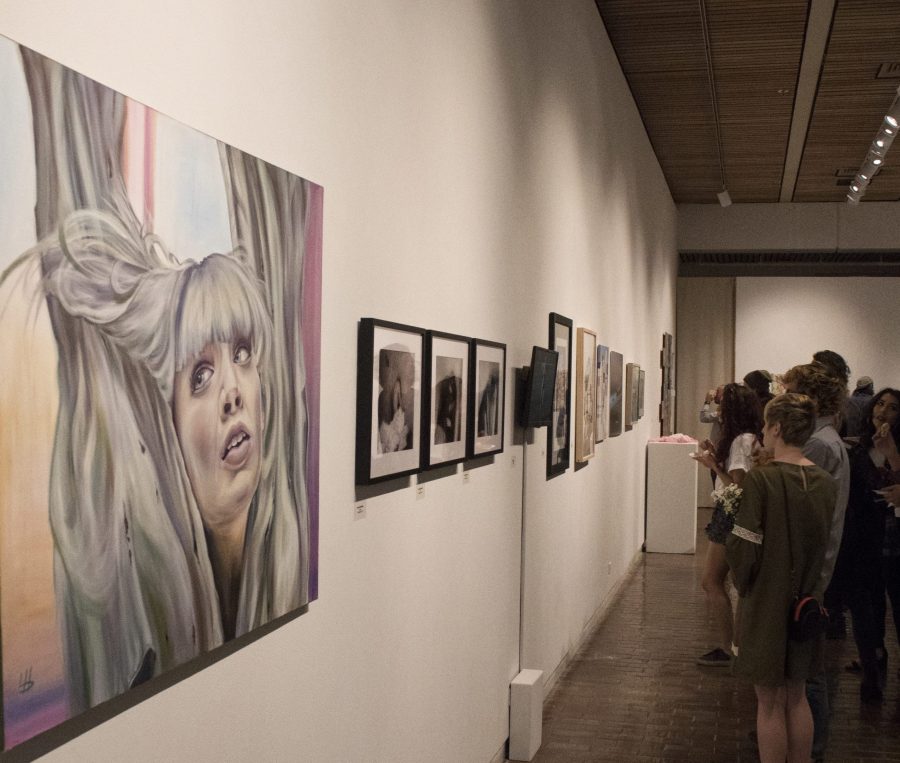On the importance of contemporary art as Contemporary Art Month ends.
Questions. Our sentience is defined by our questions and self-awareness.
As a species, we are the product of millions of years of genetic information being mixed around to form a new recipe for life every new generation.
How do we catalogue our history or views of the world? How do we express our curiosity? How do we translate what we see, feel or think about the world around us?
This basis of inquiry is the foundational element of art and is an apparatus for cultural communication using symbols, concepts and objects as a vehicle of expression. Art exists as a platform with multiple purposes.
In a contemporary context, our understanding as a society of what “art” is has shifted over the course of the last century. It has grown to include work with a wide scope of intentions from political commentary to rejection of institutional authority.
The variety of influences and ideas explored in contemporary art stand in contrast to the classic methods of cataloguing and identifying movements of art based on chronological order or specific stylistic choices.
As a result, new methods of categorization for understanding and identifying what “art” is have been created. Scholars typically use intent, context and execution when theorizing about art now, since it is more complicated to try to directly identify influences or precedence in a piece.
For a majority of people, though, the most popular site for the consumption of art exists in institutional spaces such as galleries or museums.


Contemporary artists such as Lara Schnitger, Kim Jones and Andrea Fraser actively seek to question and present their work outside of the traditional context of established art authority.
These creators do this by subversively engaging public viewers: Schnitger uses processionals and mobile sculptures, while Jones stirred up public attention as the Mud Man, the walking mass of electrical tape, poles and smeared organic material. Fraser uses her body as a performative critique of the galleries.
Ultimately, these artists share the desire to engage the viewer’s curiosity for the purpose of inducing critical thought. This is an important question for art now, since it is an expansion of the matrix in which our cultures and societies formally think about art.
Art has changed significantly and will continue to do so, but it has always been a medium to visually communicate with an audience–a way in which we encapsulate our feelings and ideas about the world we live in. Contemporary art is important because it provides a reference point to the influence of historical precedence and it acts as a reflection of the culture, times and people who live today. Art is the visions by which our descendants will piece together our historical narrative.









